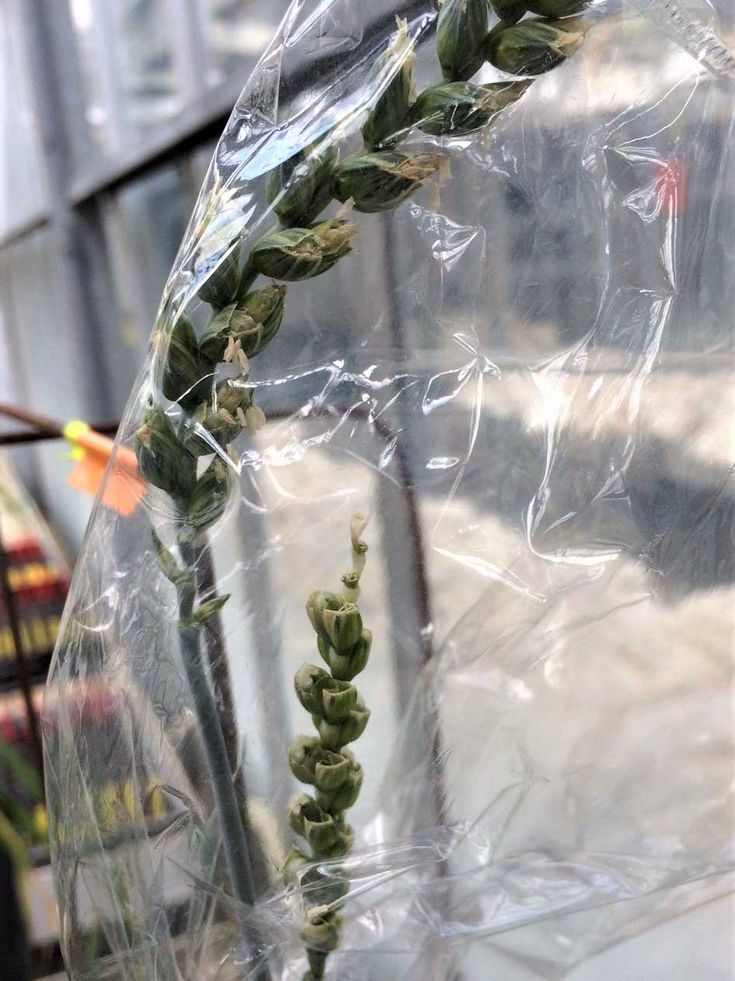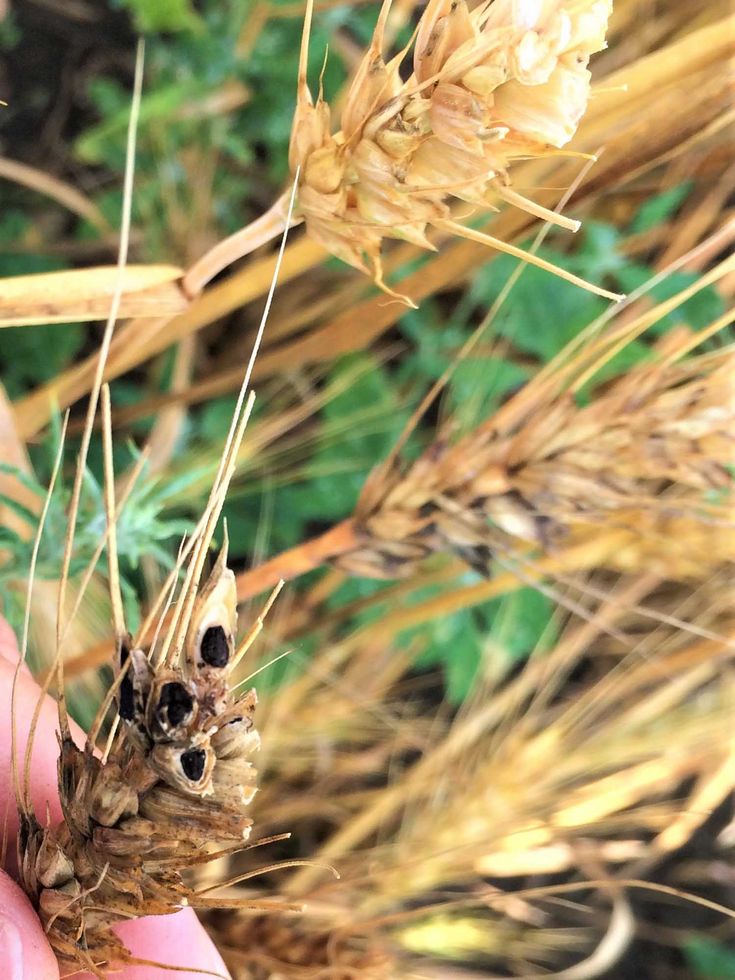Optimizing Genomics Assisted Plant Breeding – Digibreed
SUPERVISOR: Hermann BÜRSTMAYR
PROJECT ASSIGNED TO: Magdalena LUNZER
Common bunt, a seed-borne disease caused by the fungi Tilletia tritici and T. laevis, seriously affects grain yield and quality in wheat (Cherewick, 1953; Gaudet & Puchalski, 1989). Heavily bunted wheat is neither suitable for further food processing nor for use as animal feed (Bailey et al., 2003). Systemic fungicides, which have become available during the last century, are very effective against common bunt, but are not allowed in organic agriculture. Genetic resistance against the disease is the most environmentally friendly, sustainable and, for organic farming, also the most efficient way of protection against common bunt (Matanguihan et al., 2010). Bunt resistant lines and cultivars exist, but the majority of highly resistant germplasm is not adapted for cultivation in Austria. Therefore, there is an urgent need to incorporate bunt resistance into regionally adapted cultivars. Since phenotypic selection for bunt resistance is in many cases difficult and always time consuming and laborious, other selection methods have been suggested (Singh et al., 2016). Marker-assisted selection has successfully been applied to introgress resistance alleles from relatives or landraces into elite breeding lines (Cobb et al., 2018).
Unfortunately, unfavourable agronomic traits are often unintendedly incorporated into such newly generated resistant lines due to linkage drag. Therefore, genomic background selection for quantitative traits, particularly adaptation, productivity and quality, can be applied to enhance line performance (Bernardo, 2016). In this project, a breeding strategy will be explored and developed which combines genomics assisted selection and marker selection to rapidly introgress resistance alleles into a genetic background with superior performance in terms of yield and quality. For this purpose, a large backcross-population has been established with lines harbouring common bunt resistance QTL (quantitative trait loci) derived from three exotic donor lines that were crossed to regionally well adapted cultivars or elite breeding lines. Starting with over 600 plants descending from 45 crosses, I will select those which carry at least two bunt resistance genes using tightly linked SNP (single-nucleotide polymorphism) markers (foreground selection) and at the same time show superior genetic performance using genome-wide background markers in combination with established genomic estimated breeding values for performance and quality (background selection). A dataset with phenotypic data from several thousand winter wheat breeding lines will serve as a training population for the statistical prediction model in order to identify the most promising genotypes with respect to yield and quality, and rapidly reach the performance of the most recent elite breeding lines. The set-up genomic-assisted backcross scheme will be optimized by an in silico simulation study, and the developed genotypes will be tested for common bunt resistance, yield and quality traits in replicated field trials at the end of the project.


